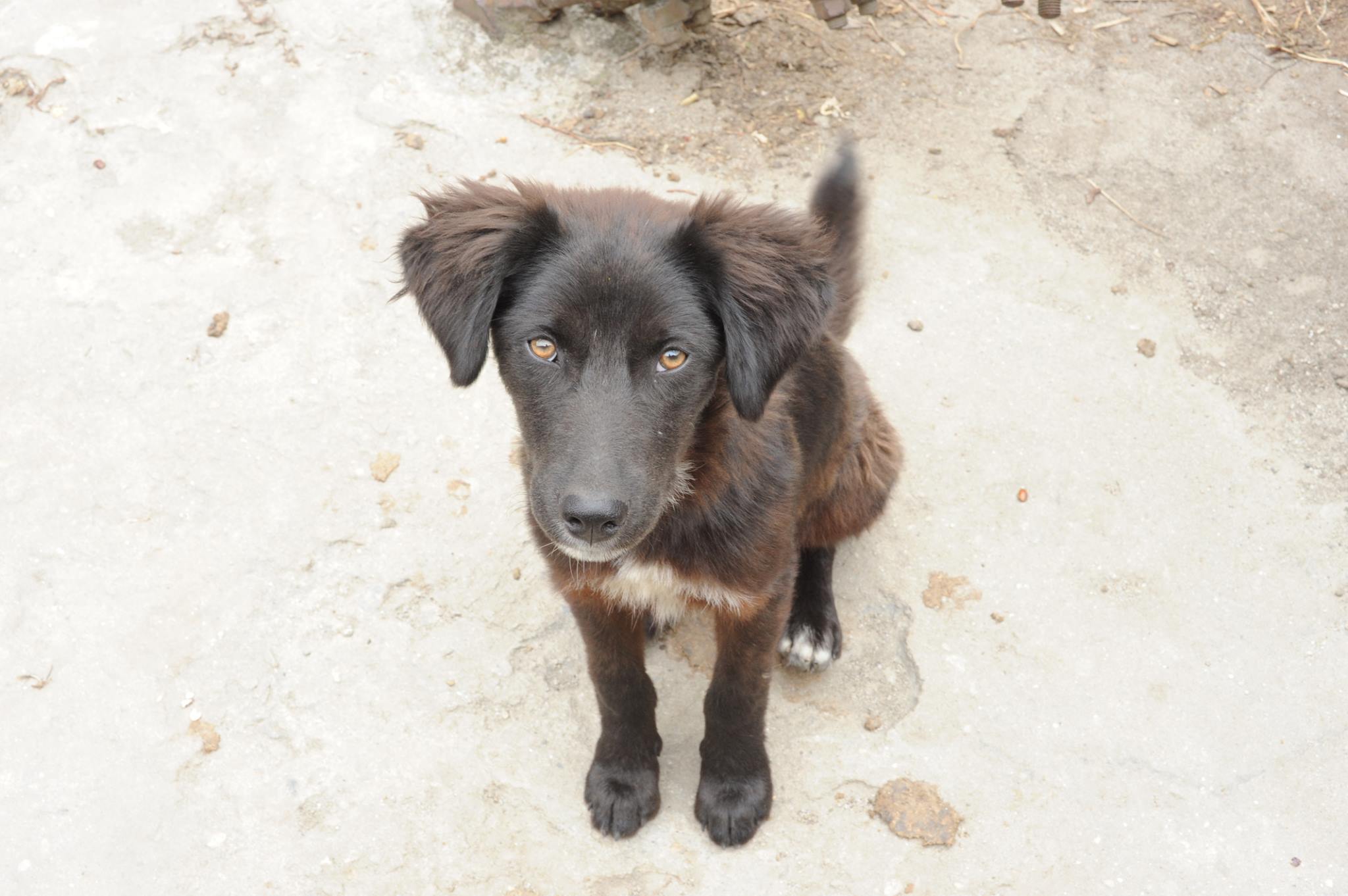If dogs could read, this is how mutt noir will sound like:
The dog lay in the dark. Black fur caked in mud. Eyes bloodshot. A puddle of drool collected below her outstretched head while she gasped for air. For hours now, the mutt had struggled to get up, but to no avail – her hind legs heavy as lead. Every now and then as the Strychnine worked its way into her bloodstream, she experienced the slightest of convulsions. Each one became stronger than the last. Limbs extended and feverish, she writhed in pain and filled the frosty night with her short, laboured breaths.
They found her the next day, lying in her own feces. The villagers dragged the carcass into the forest's edge and left her there. Her final resting place, in the blistering cold of the Himalayas at 3,600 m.
But alas, this is a description of torturous deaths that photojournalist Debby Ng hopes to stop with the Himalayan Mutt Project, an initiative that helps neuter dogs and provide them with anti-rabies vaccination.
Why are dogs being killed in Nepal?
The uncontrolled feral dog population is a significant problem in Nepal for several reasons. For starters, they're doing terrible damage to the wilderness, decimating hapless native and endangered wildlife such as ground-foraging birds, red panda, blue sheep (they're not actually blue per se, if you are wondering) and musk deer. They can also compete with predators for food such as snow leopards and wolves.

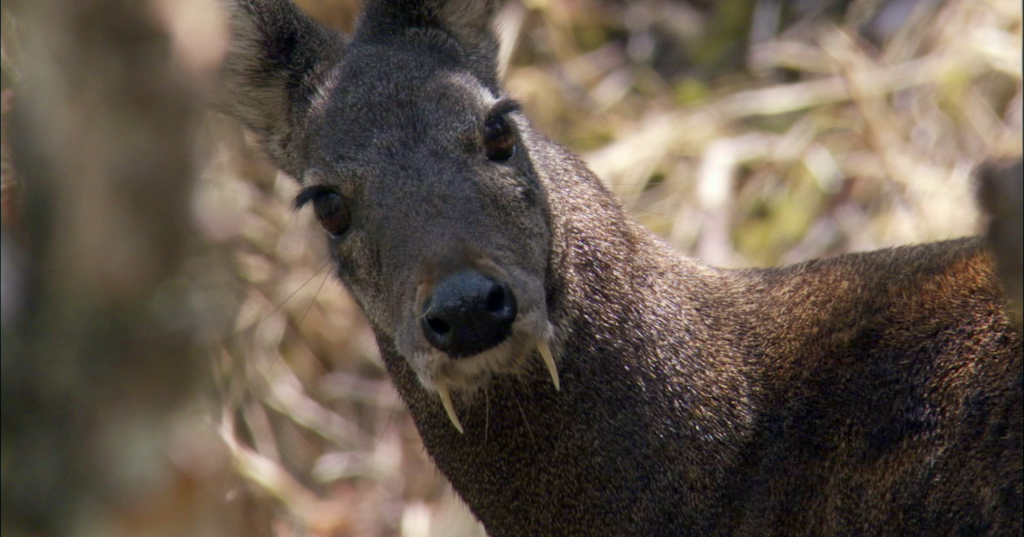
Secondly, feral dogs also attack livestock such as goats and sheep. The villagers, lacking access to humane alternatives, have resorted to using rat poison to cull dogs. The result of this is horrendous. Dogs that have ingested poison can take up to several hours to die (that’s longer than bus 51 takes from Jurong East to Hougang), suffering from excruciating pain and uncontrollable seizures. Here is an extremely distressing video of how dogs die via strychnine poisoning.
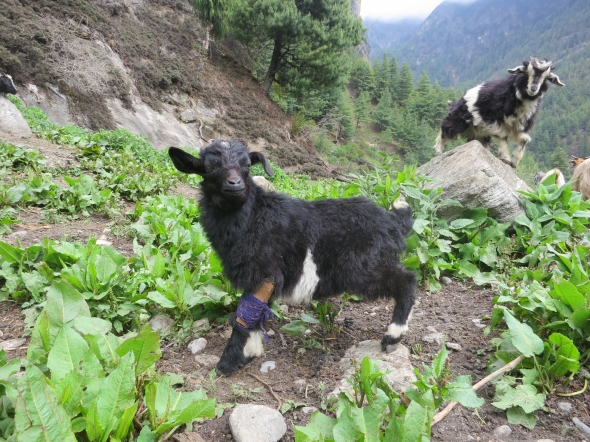
To make matters worse, wild animals that ingest the poison meant for the dogs also meet the same fate. In addition, the poisoned dogs' carcasses cause problems of their own: Griffon vulture have been observed unable to fly after feeding on them.
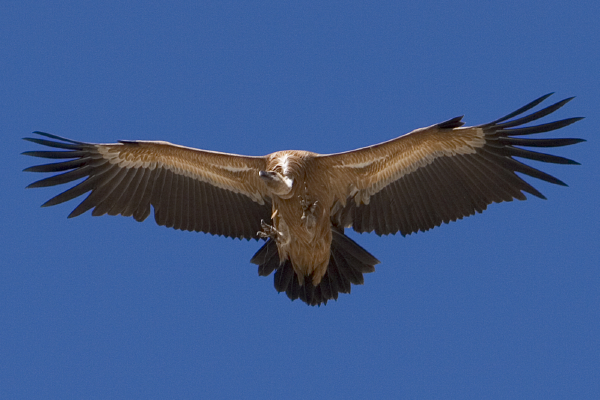
Finally, the large dog population means that there are more opportunities for rabies to spread. The disease is an endemic problem in Nepal and kills approximately 21,000 people each year with only a 55% survival rate. In the remote Himalayas, proper medical care is noticeably absent and a bite by a rabies-infected dog often means death. By the time symptoms of infection on a human appear, it would already have been too late.
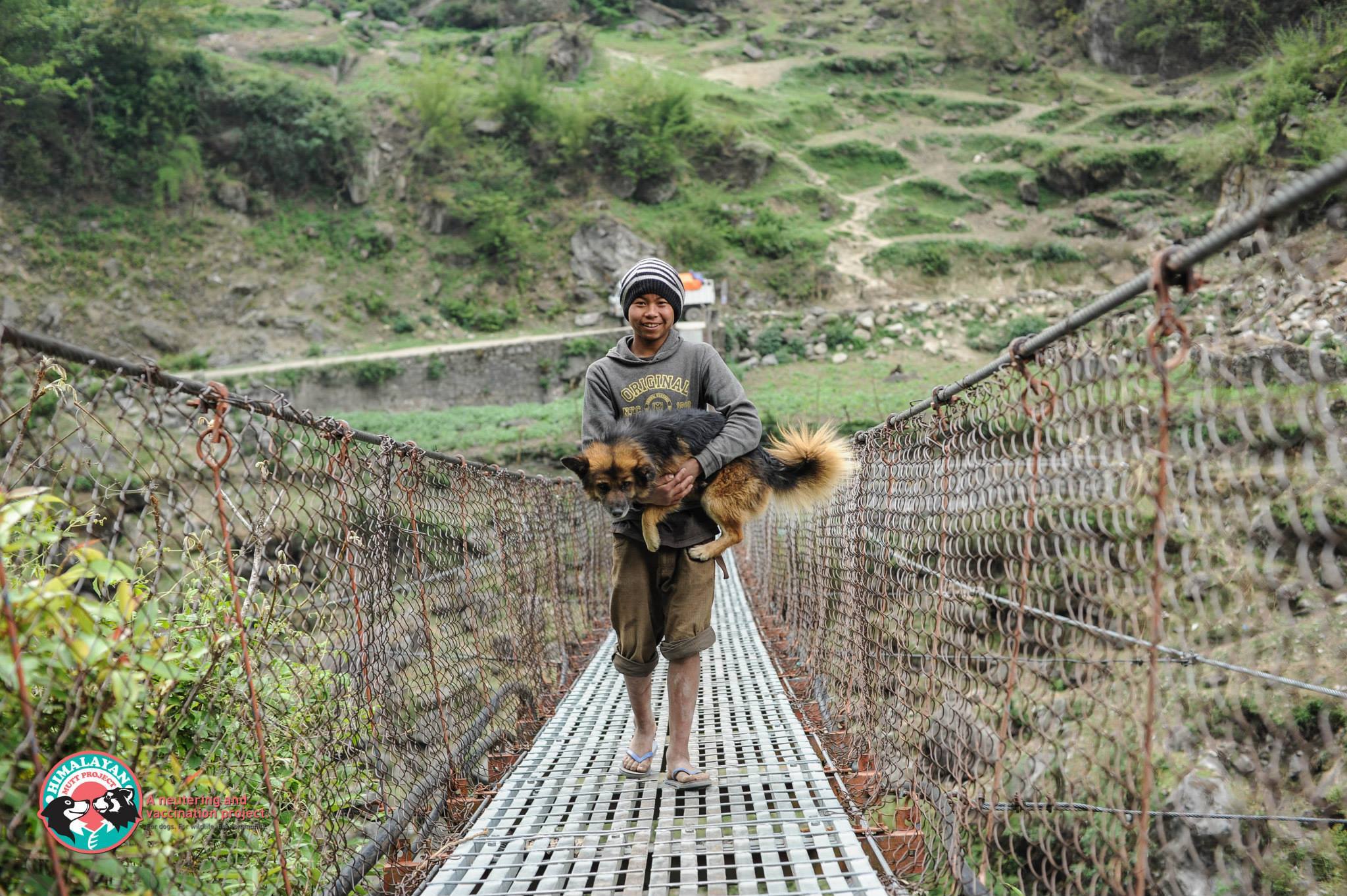
What does the project do?
The Himalayan Mutt Project helps with sterilisations and vaccinations and is working with existing animal welfare organisations based in Nepal with the skills and equipment needed to get this work done.
These partnerships save on huge costs that can otherwise be directed towards the massive costs of transporting a team into the rugged Himalayas. By creating access to basic veterinary services, locals in the Himalayas will have an effective and humane alternative to managing their community dog population, that won't cause further harm to wildlife, the environment, and themselves. Success of their pilot efforts made headlines in local and international newspapers: The Kathmandu Post, Gulf Times, Frankfurter Rundschau(Germany), Volksfreund (Germany), Our Hen House (US), and The Hindu (India).
(Our very own The Straits Times hasn't done so, so we're picking up the slack. )
How does it help?
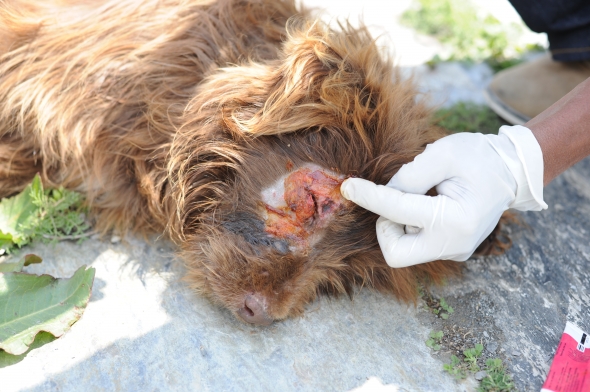
Sterilisation can help:
1) Reduce aggression toward other dogs, wildlife, and people
2) Reduce in urine marking, hence reducing the inconvenience dogs have on the community
3) Reduce roaming behaviour, hence reducing interaction between dogs and wildlife, curbing the potential for disease spread
4) Reduce injuries from dog fights, hence preventing infections or even death from wounds left untreated as many villages have no access to basic health or veterinary care.
How will the funds will be used?
We don't want another T.T Durai, so here's a breakdown:
Funds required for 2015:
Food & Accommodation for 11 crew US$ 2,700
Transportation US$ 6,000
Contingency expenses US$ 800
Salary for one staff US$ 1,000
Medical and surgical supplies US$ 2,000
Planning & Logistics US$ 2,000
Campaign collaterals US$ 500
Total US$ 15,000
What can you do?
Visit here to make a donation, or visit the Himalayan Mutt Project's Facebook page.
Still not convinced? Watch the video.
[embed]
Unless otherwise stated, photo credit belongs to the Himalayan Mutt Project and Debby Ng.
Red panda picture from here.
Musk deer picture from here.
Griffon vulture picture from here.
If you like what you read, follow us on Facebook, Twitter and Instagram to get the latest updates.
If you like what you read, follow us on Facebook, Instagram, Twitter and Telegram to get the latest updates.
